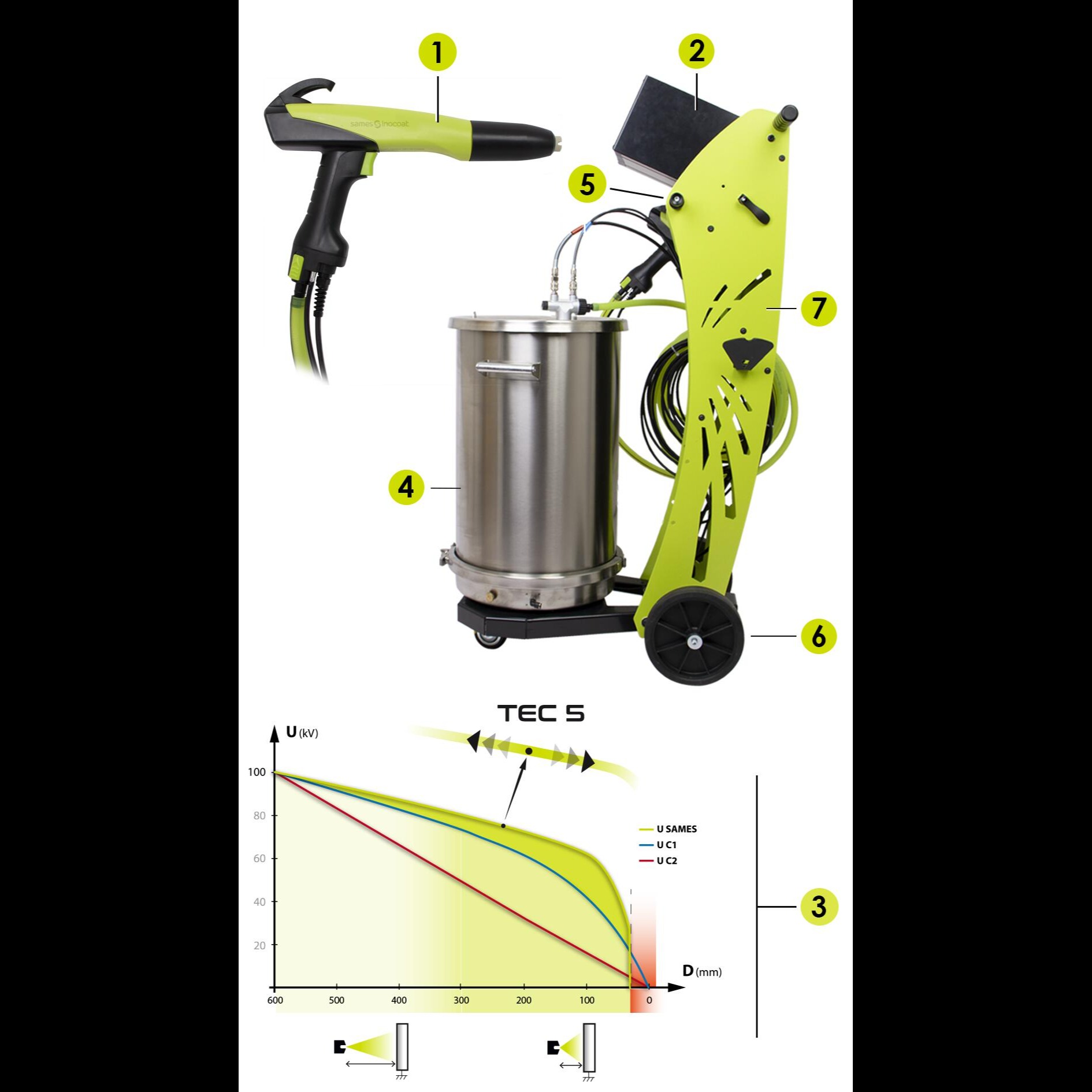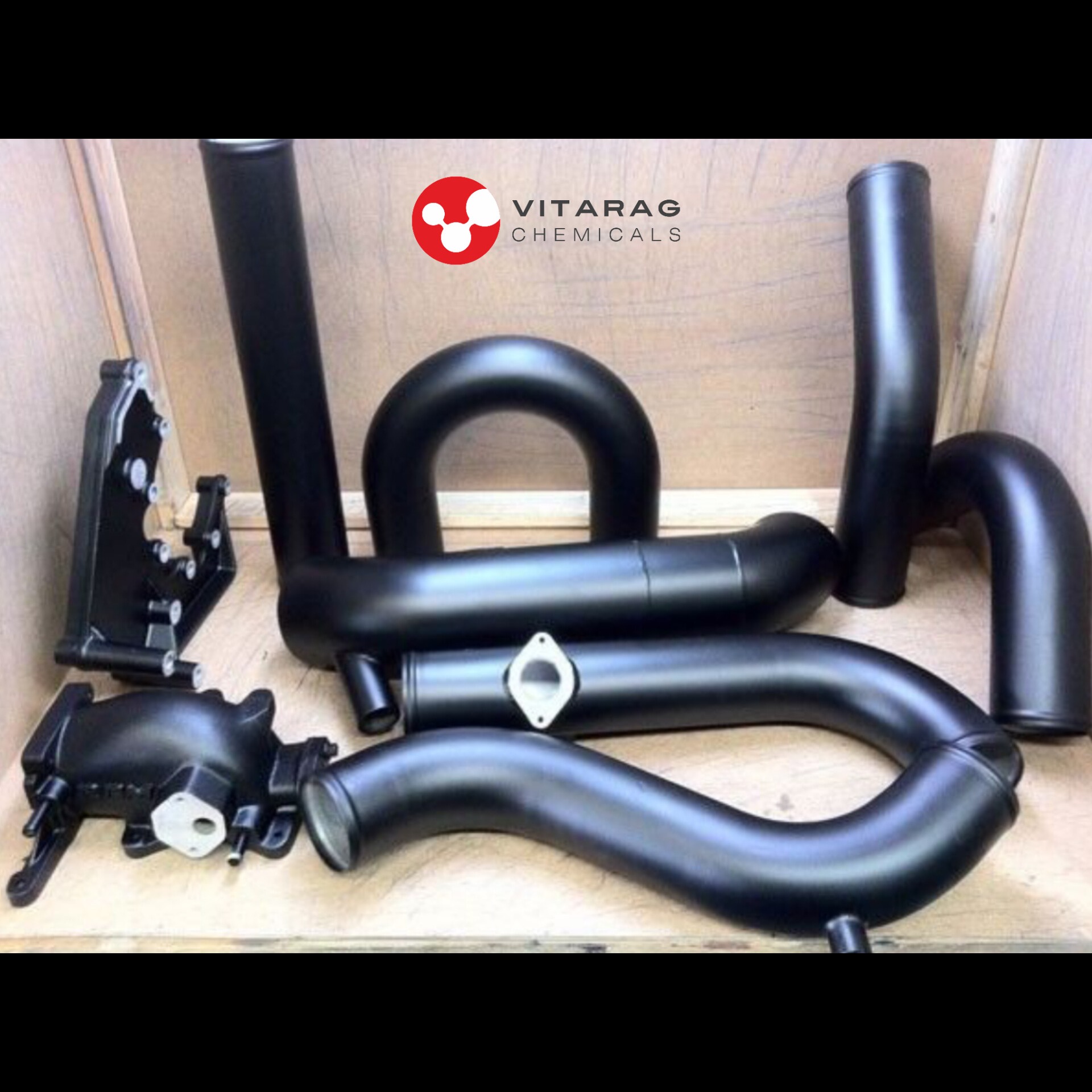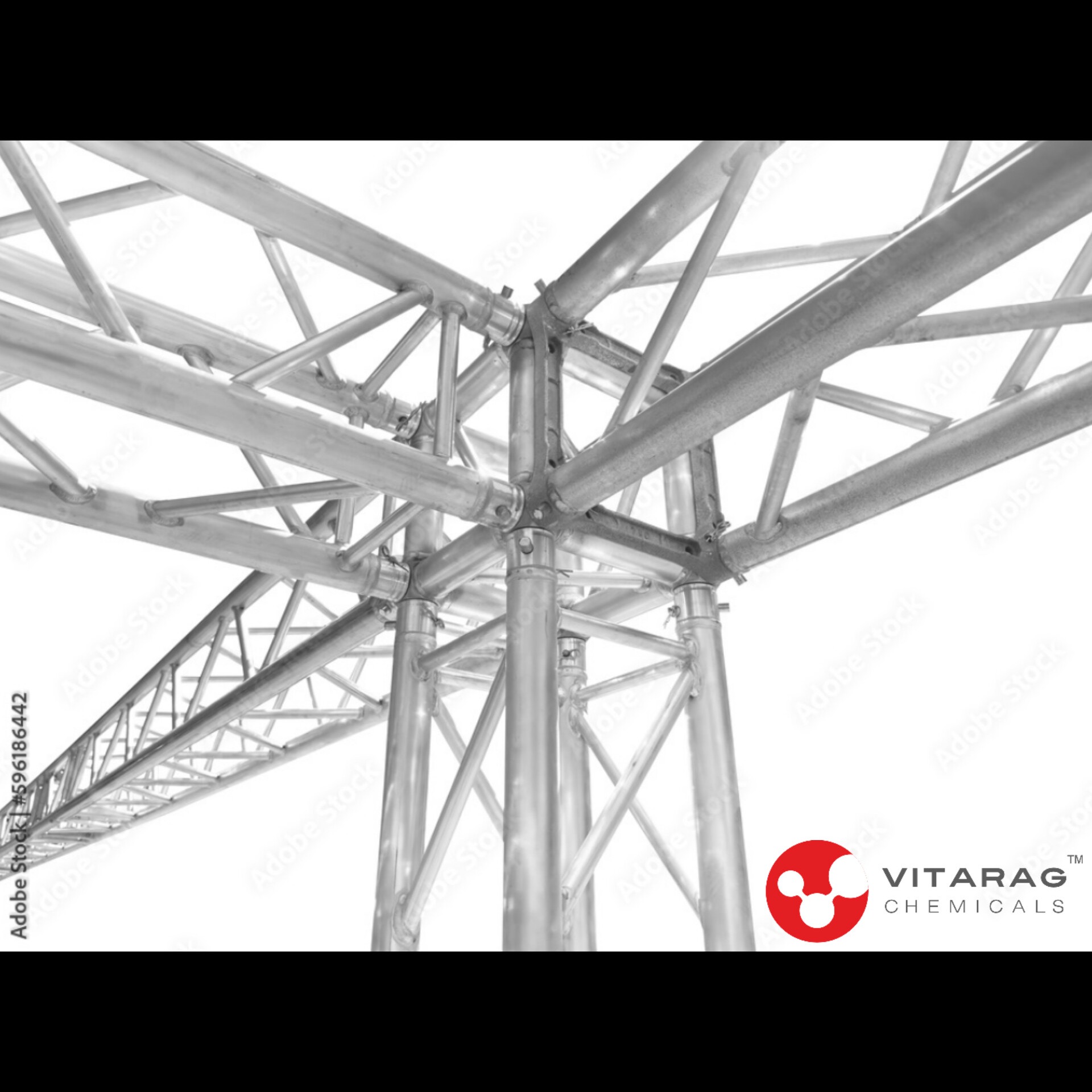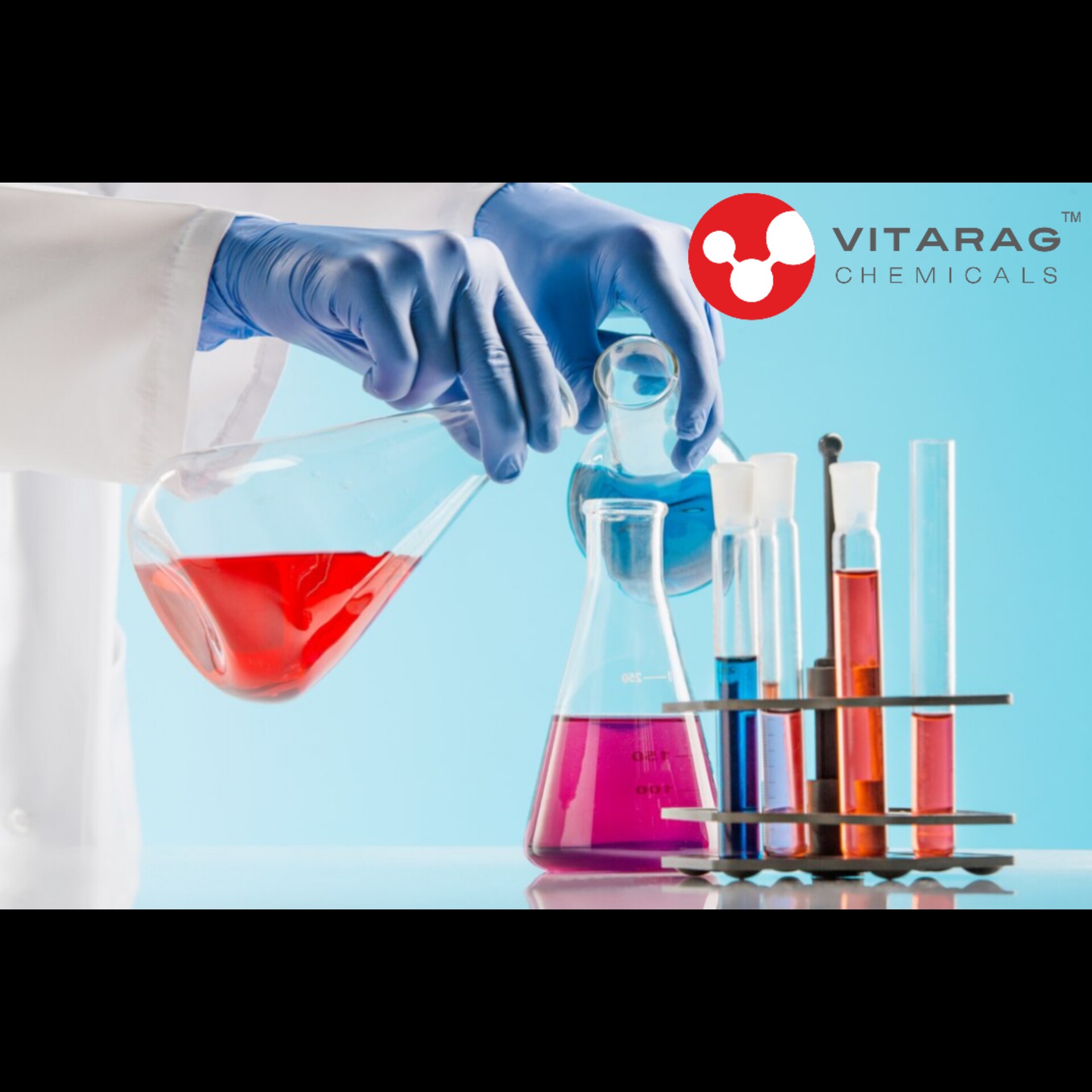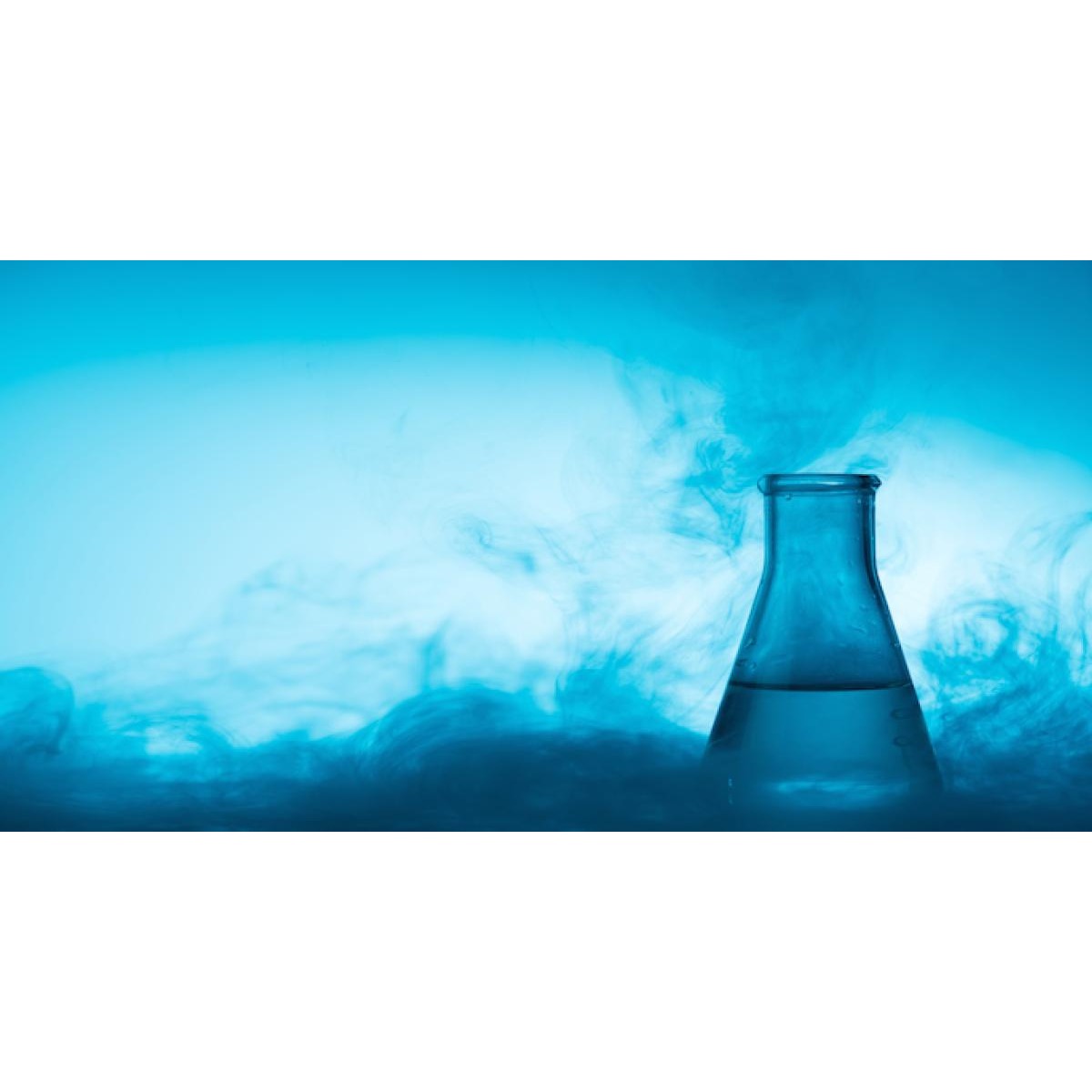
RUST CONVERTOR
Rust Converters: What They Are and How They Work
- How Rust Converters Work
. Rust converters typically contain two primary active ingredients:
1. Tannic Acid:
. Function: Tannic acid reacts with rust to form a stable, insoluble complex known as ferric tannate. This black or dark blue coating acts as a protective layer.
. Benefit: Converts rust into a protective barrier, making it unnecessary to remove all the rust mechanically before application.
2. Organic Polymer:
. Function: Often based on an acrylic or latex emulsion, this component forms a primer-like layer over the treated surface, providing a stable base for further painting or coating.
. Benefit: Enhances adhesion and durability of topcoats applied after rust conversion.
- Applications
1. Rust converters are versatile and can be used in various scenarios, including:
. Automotive Repair: Treating rust spots on vehicles before repainting.
. Industrial Maintenance: Protecting metal structures, machinery, and equipment from further rusting.
. Marine and Outdoor Equipment: Preventing corrosion on boats, trailers, and garden tools.
. Household Items: Managing rust on iron fences, railings, and outdoor furniture.
Keywords
2.
1.
black
boats
Marine
Benefit
surface
acrylic
Function
vehicles
topcoats
trailers
adhesion
railings
painting
corrosion
component
machinery
rust spots
durability
iron fences
Tannic Acid
stable base
application
garden tools
latex emulsion
ferric tannate
RUST CONVERTOR
rust conversion
Rust Converters
Household Items
Organic Polymer
metal structures
protective layer
outdoor furniture
Automotive Repair
various scenarios
primer-like layer
dark blue coating
Outdoor Equipment
protective barrier
Industrial Maintenance
stable, insoluble complex
two primary active ingredients

